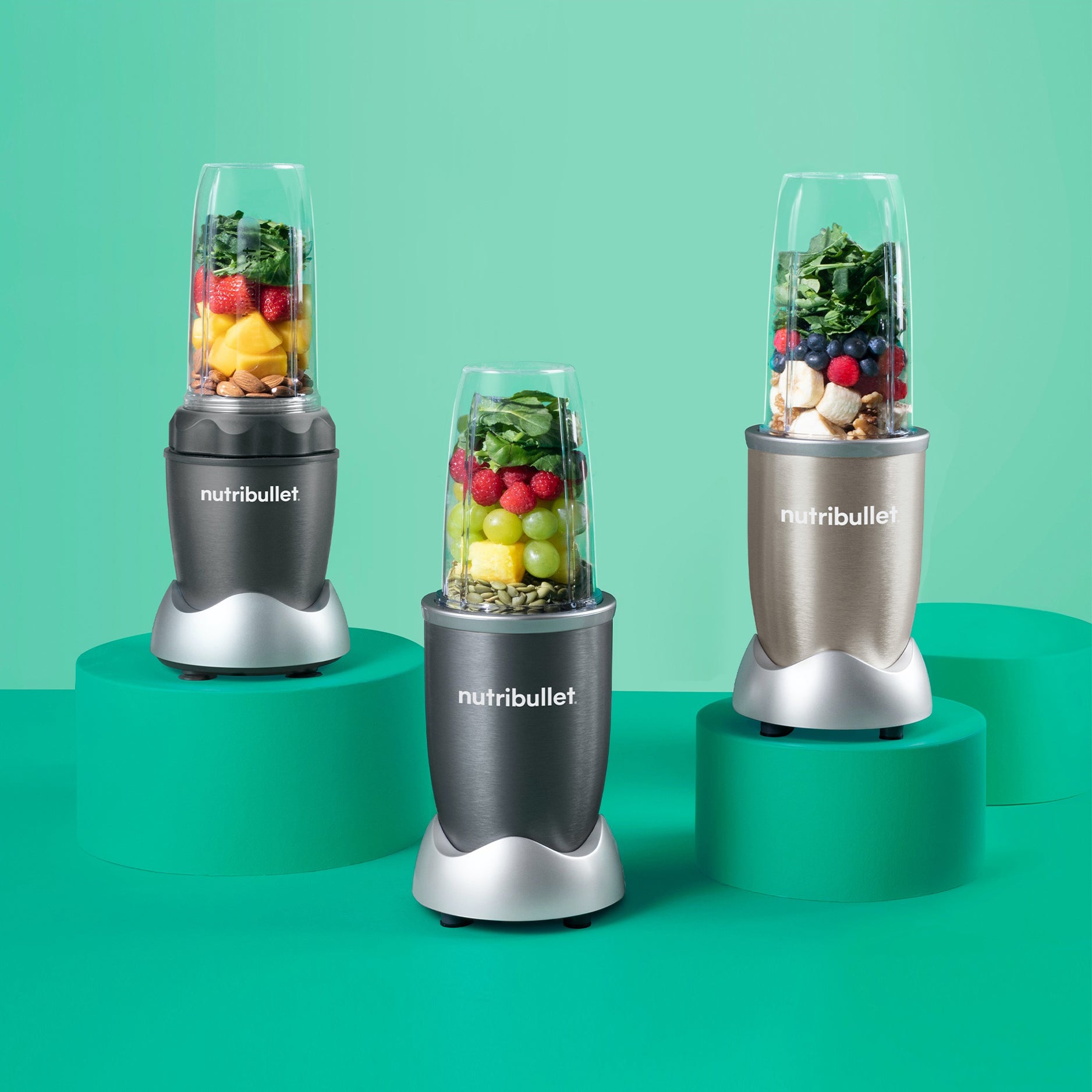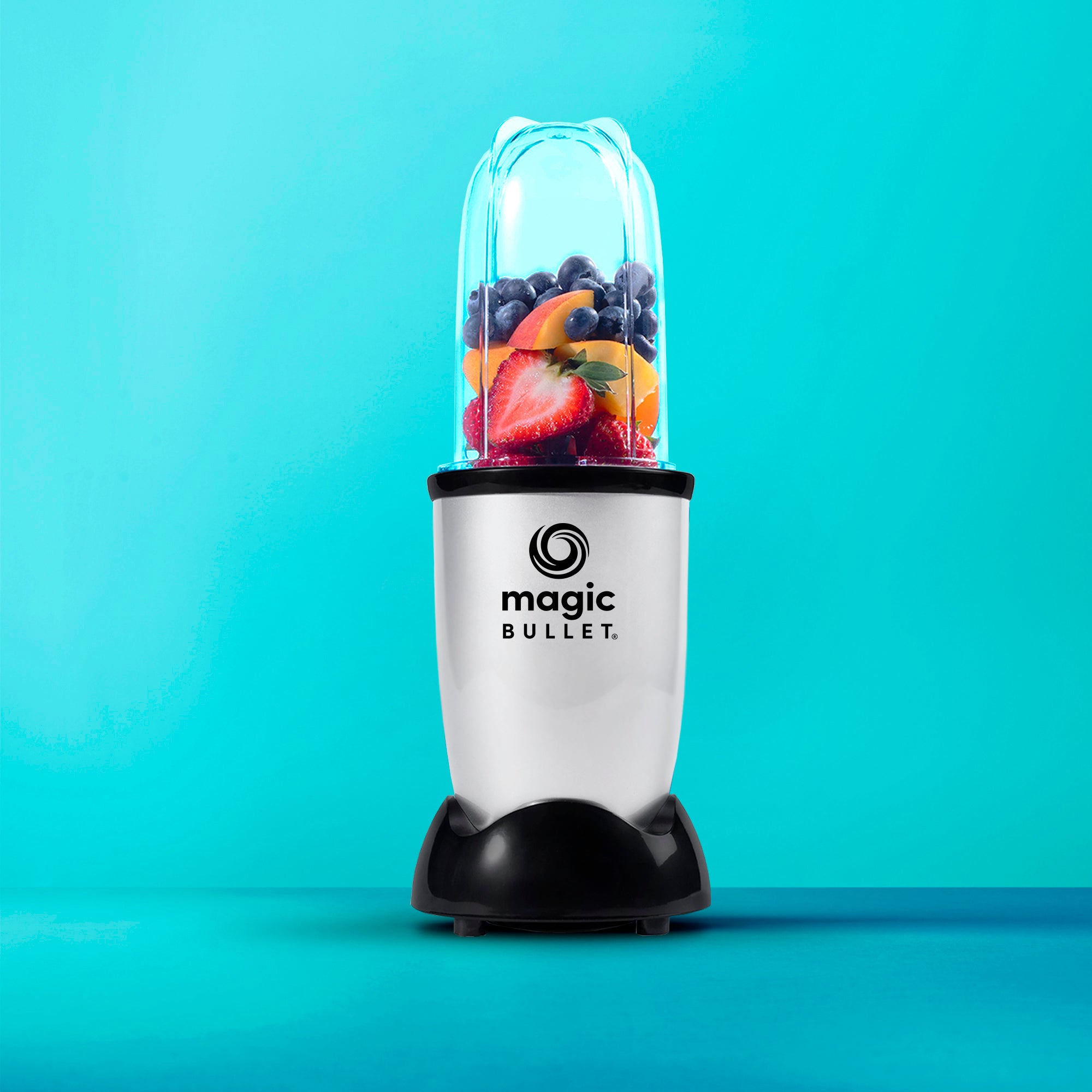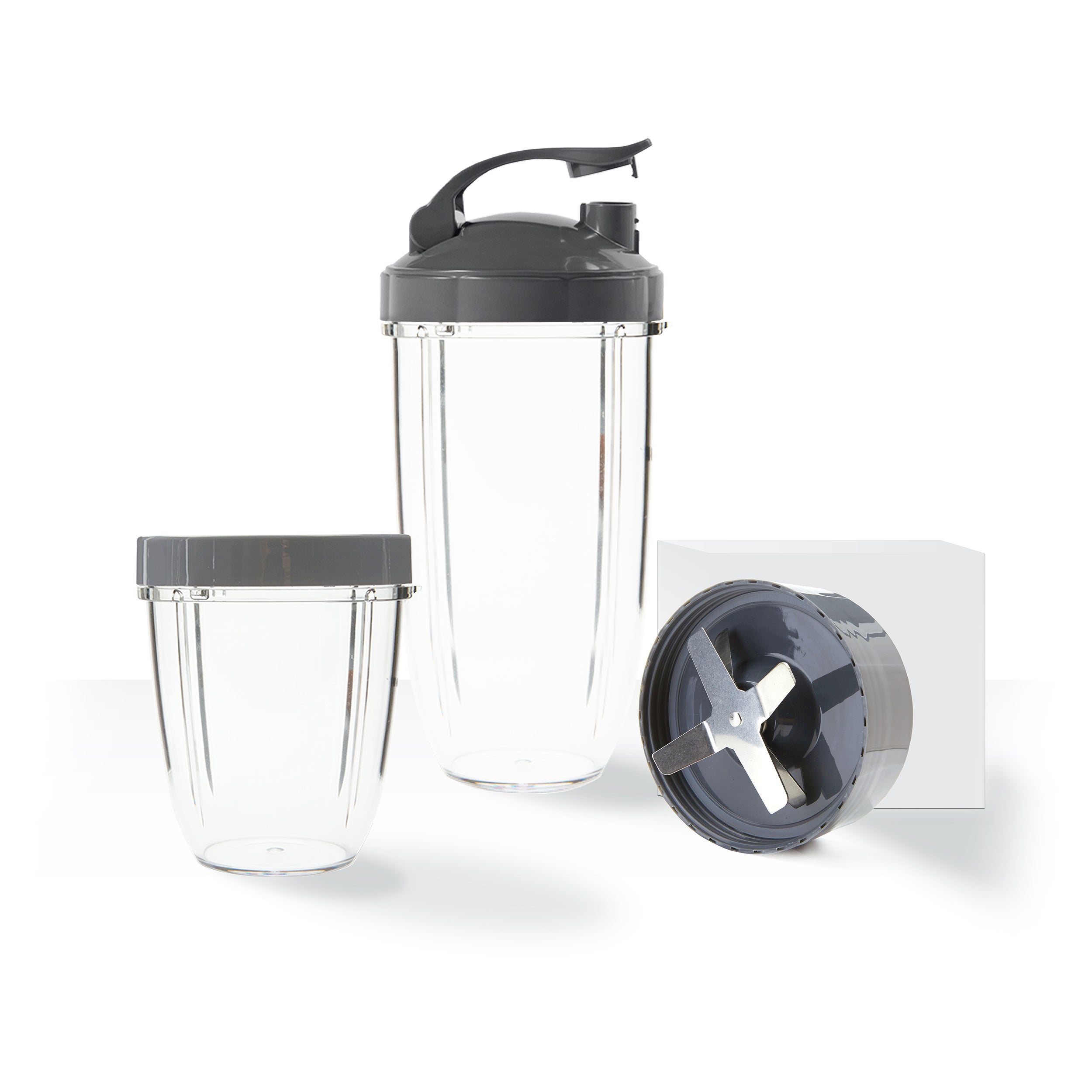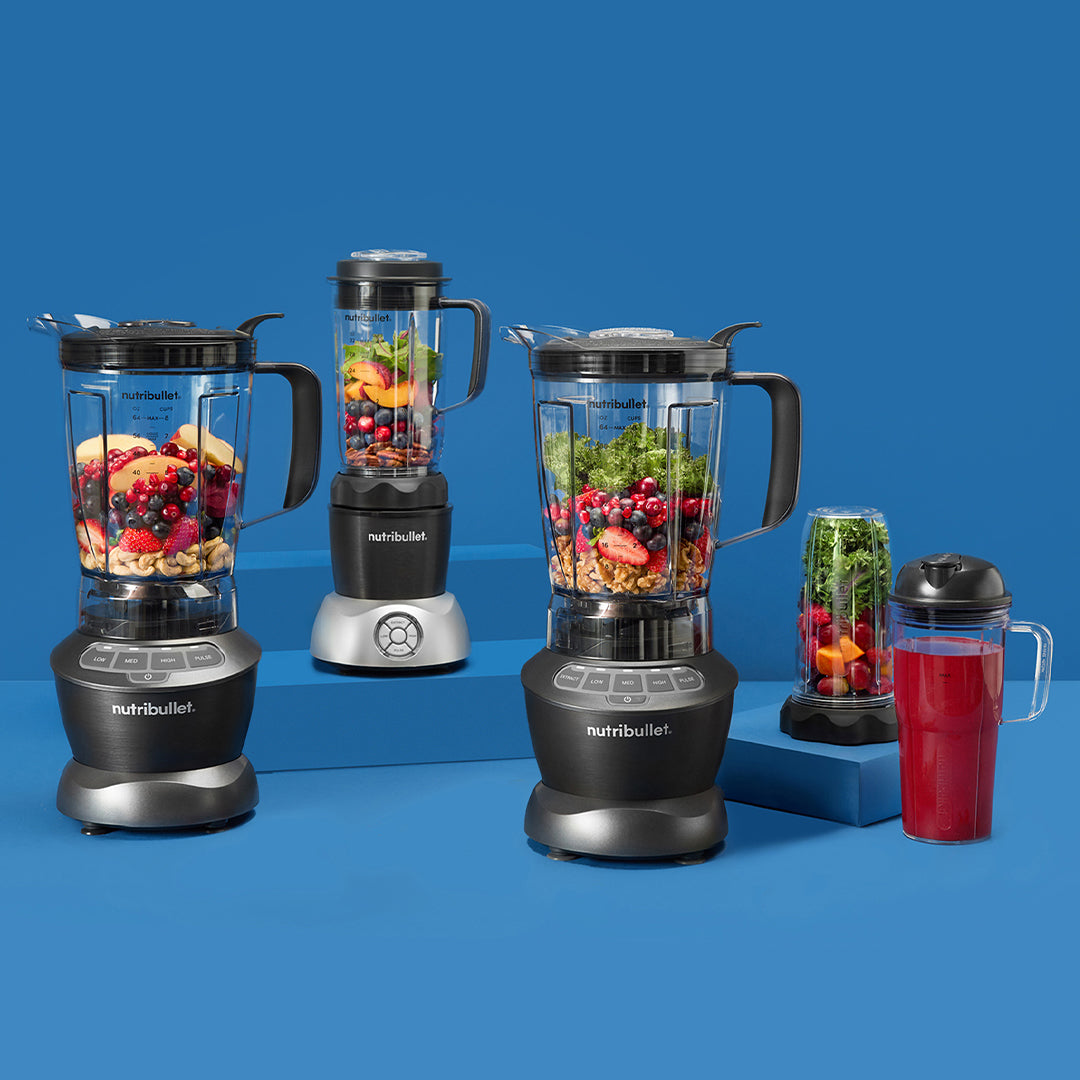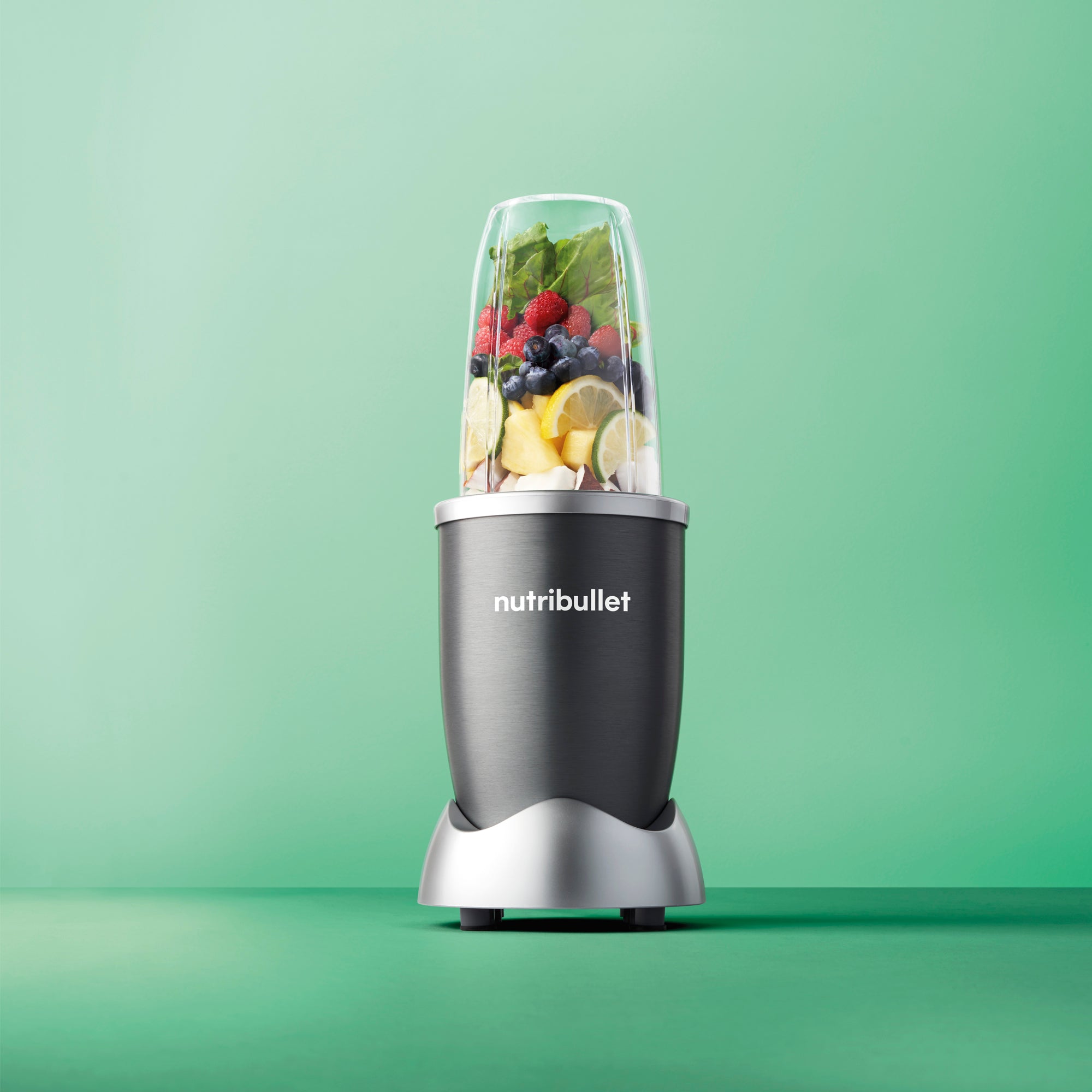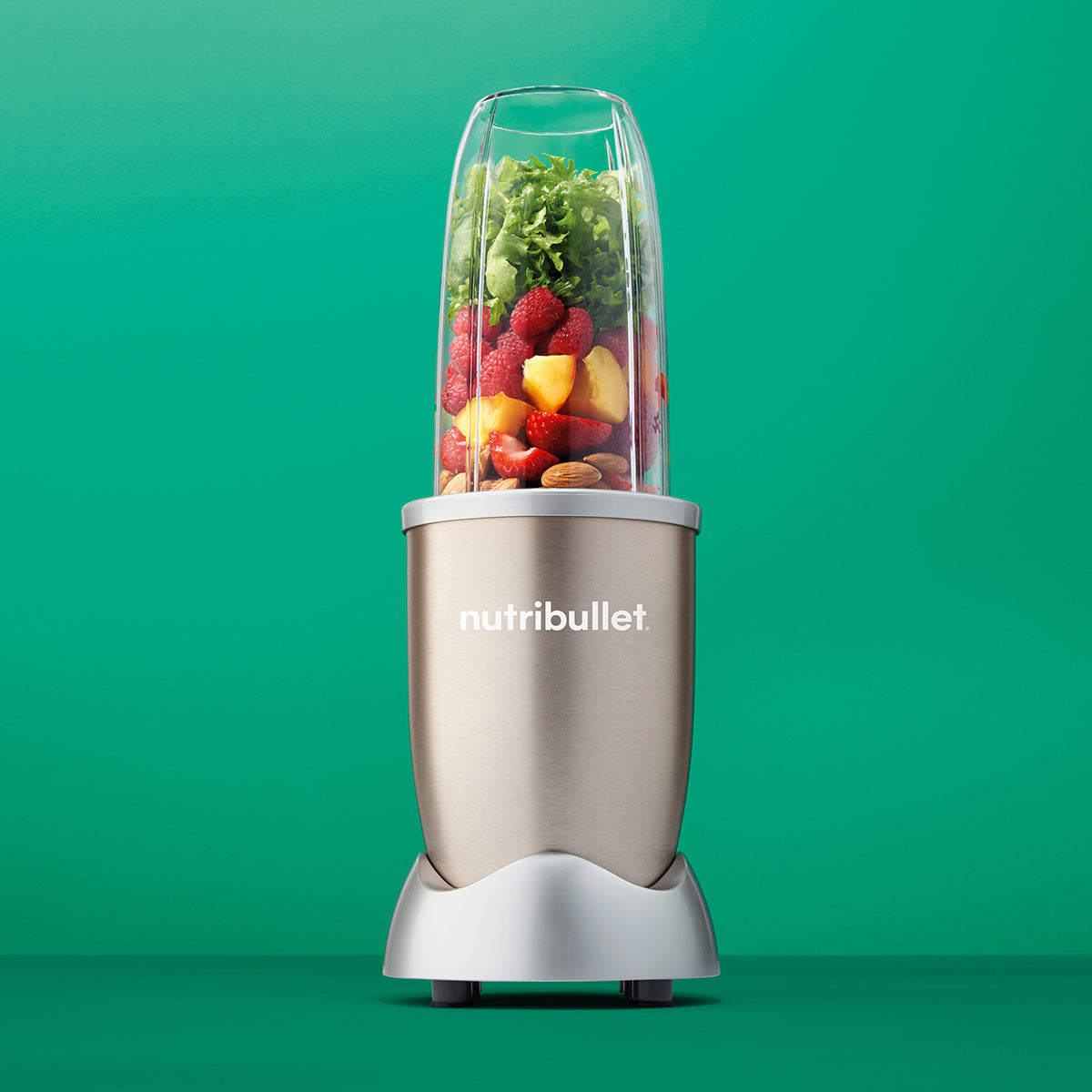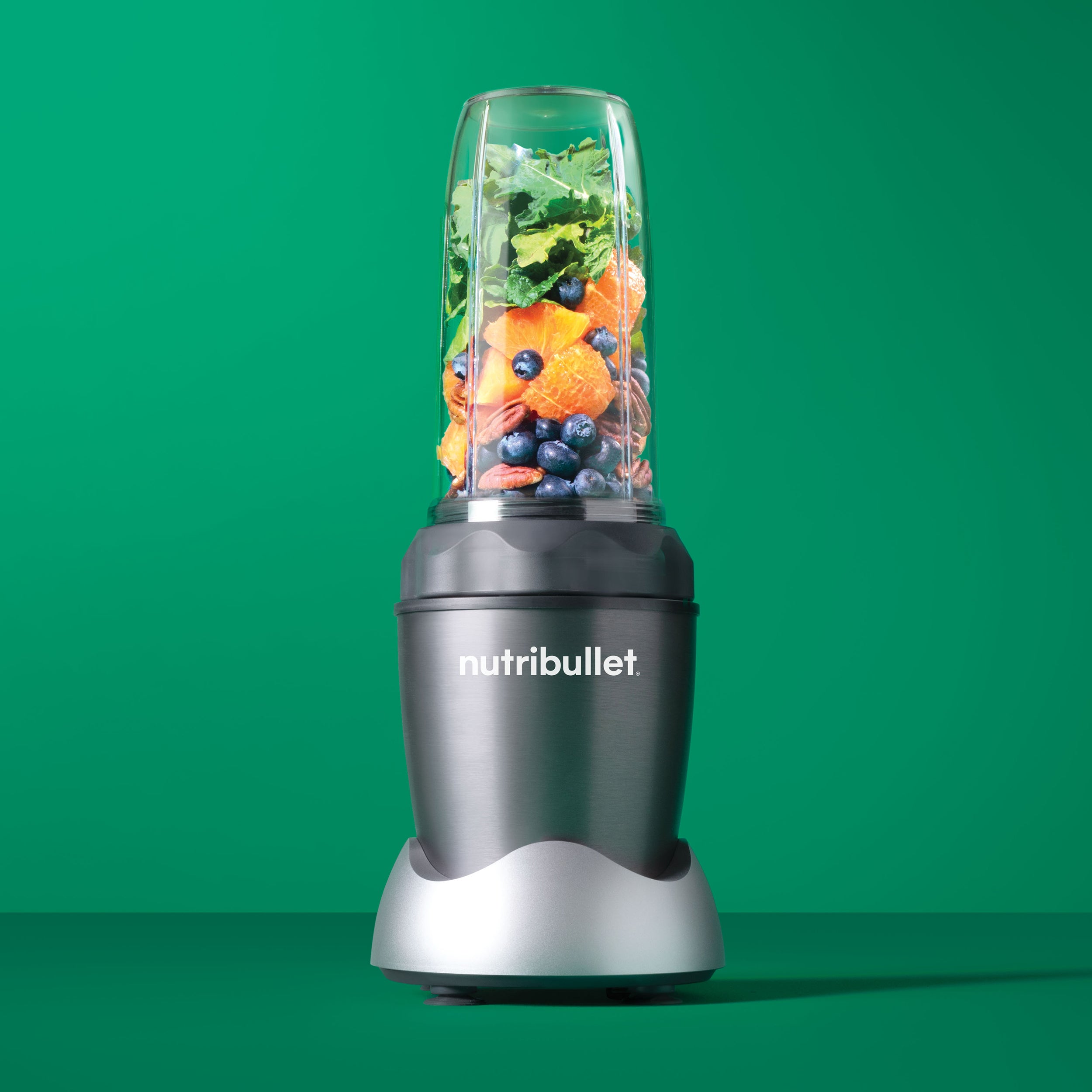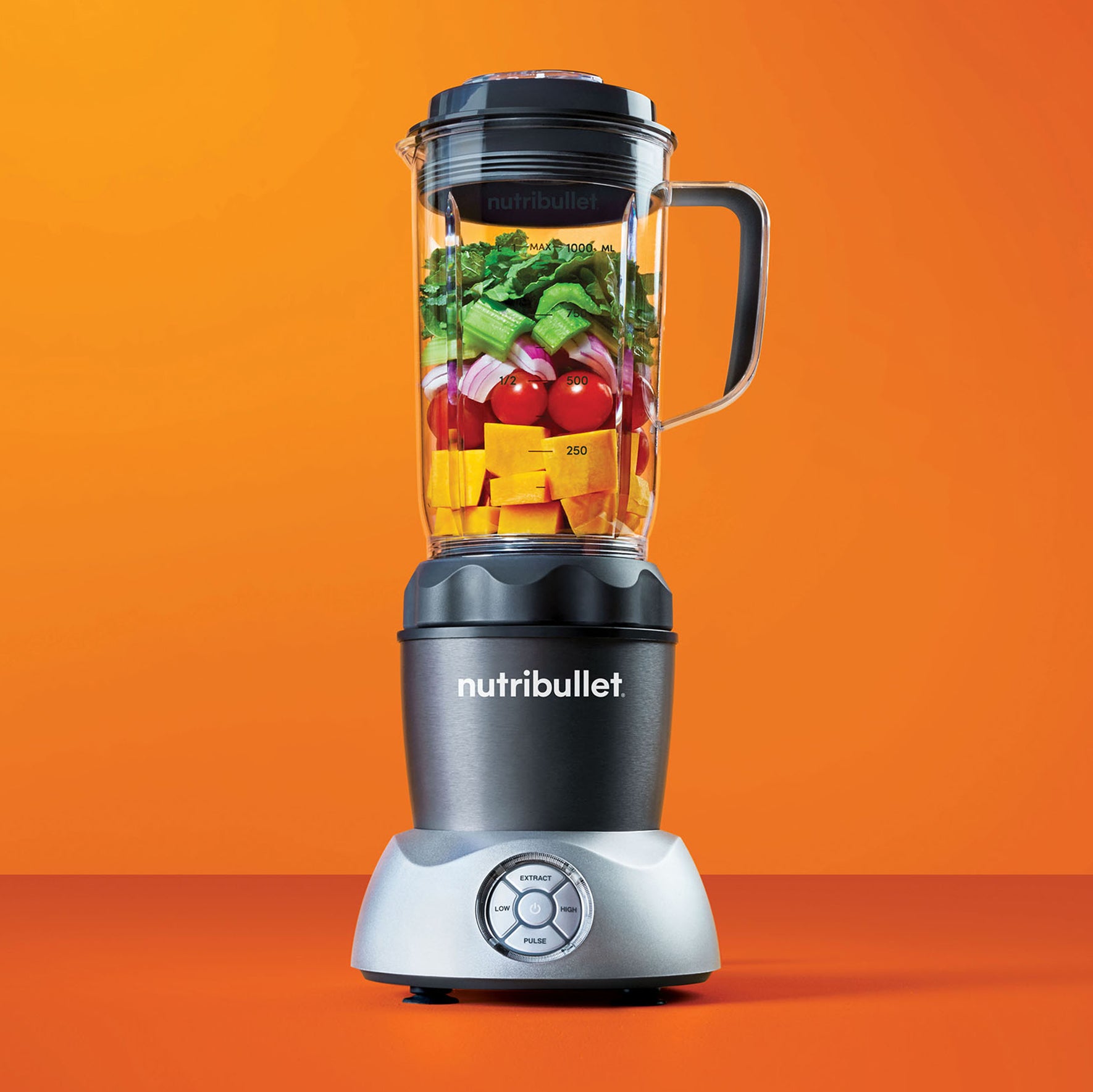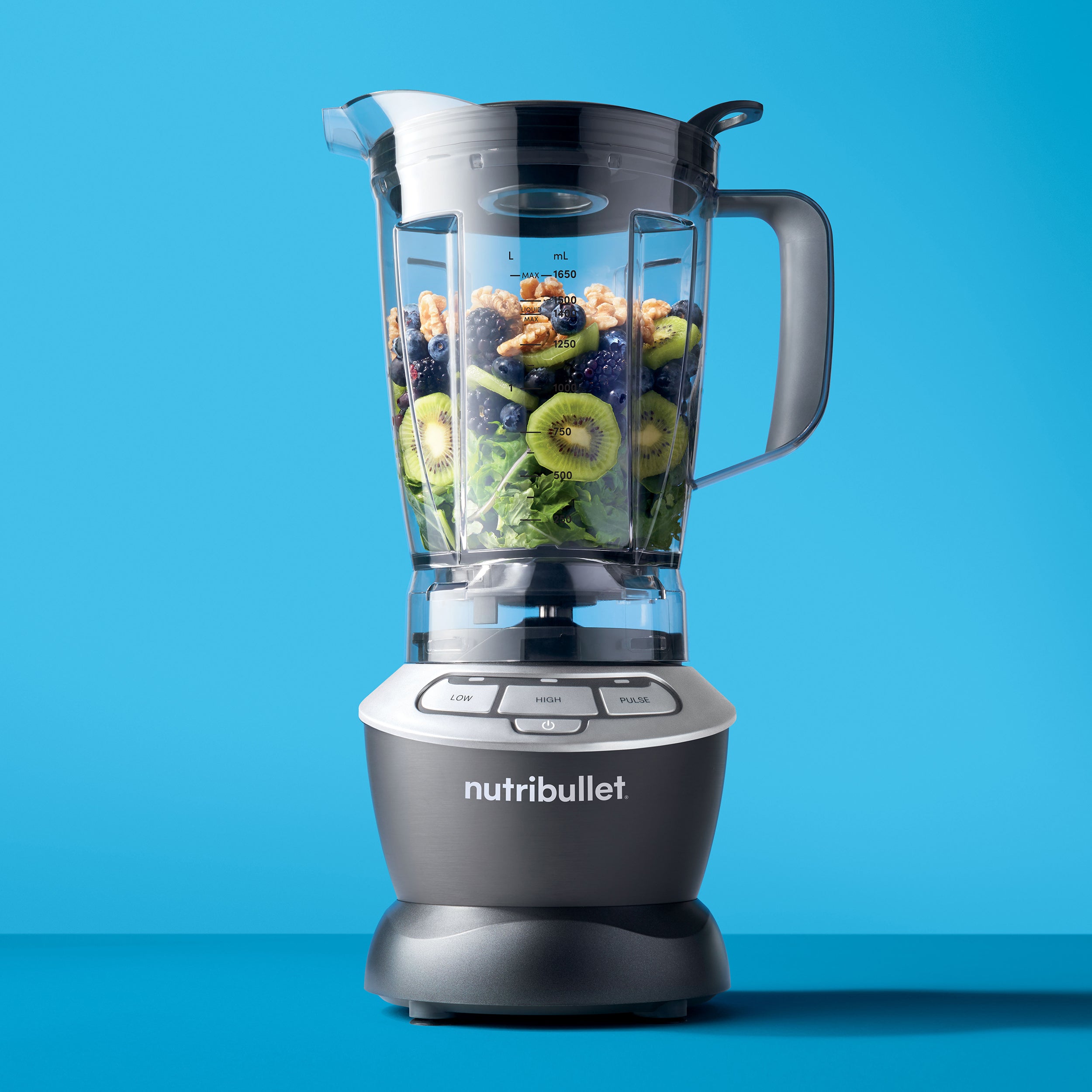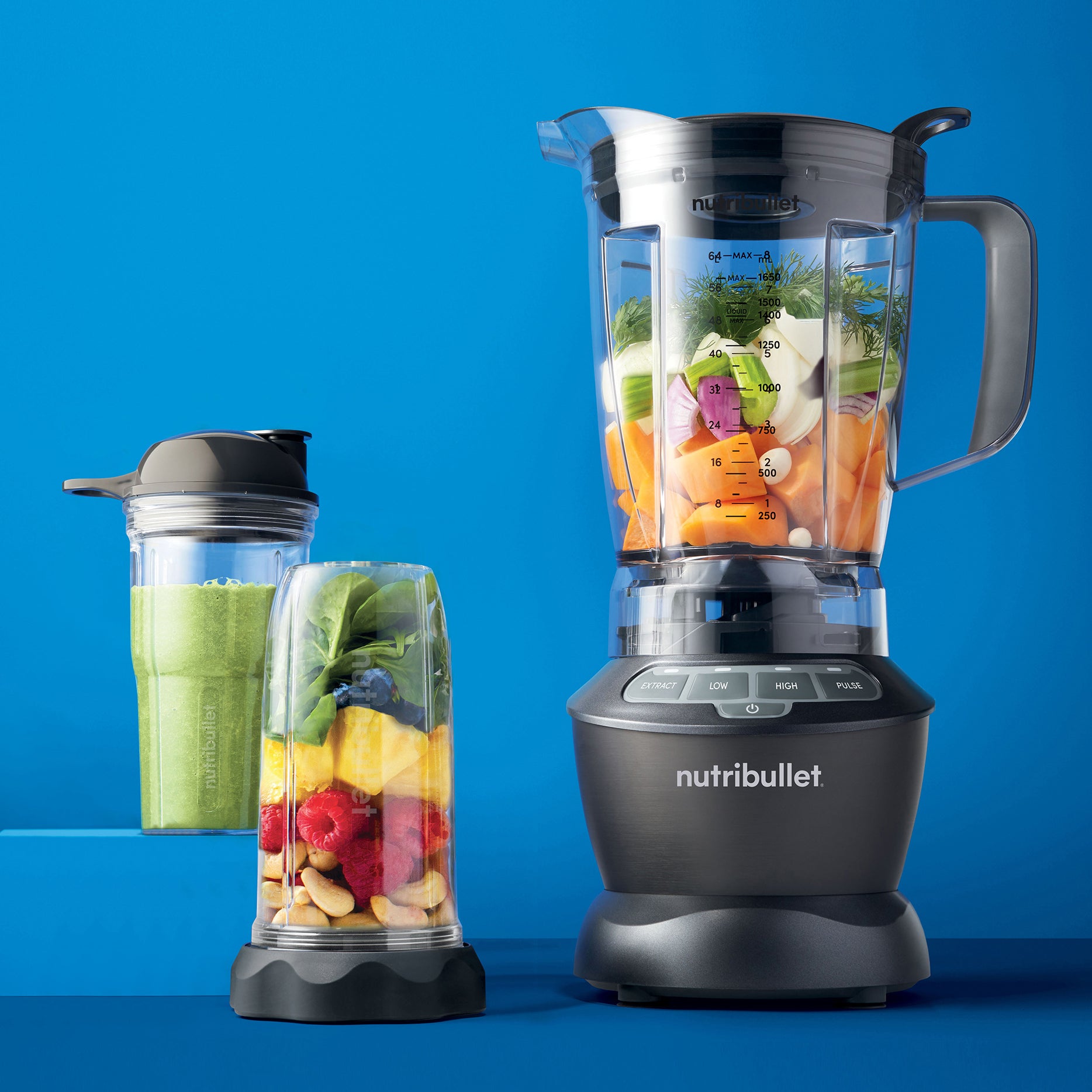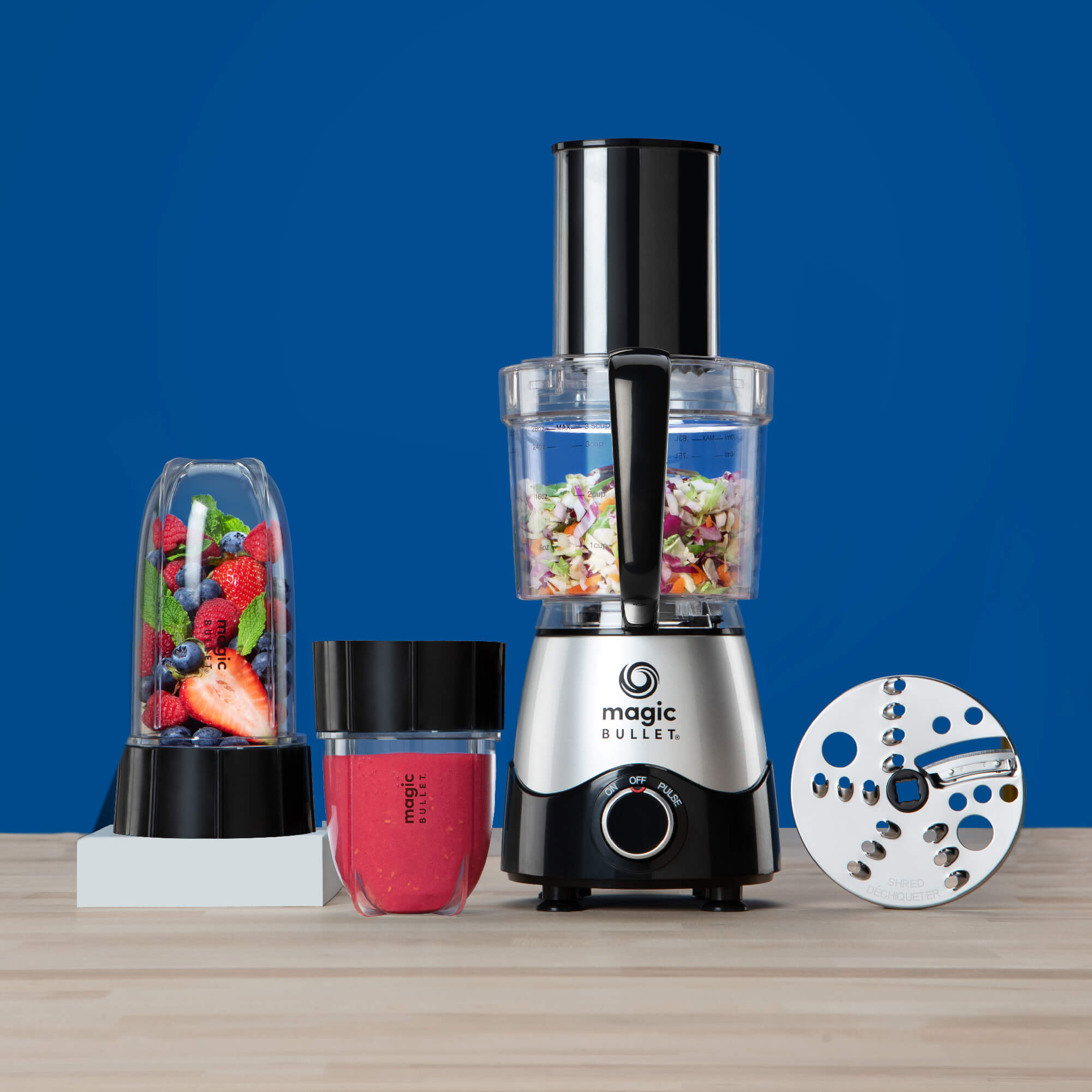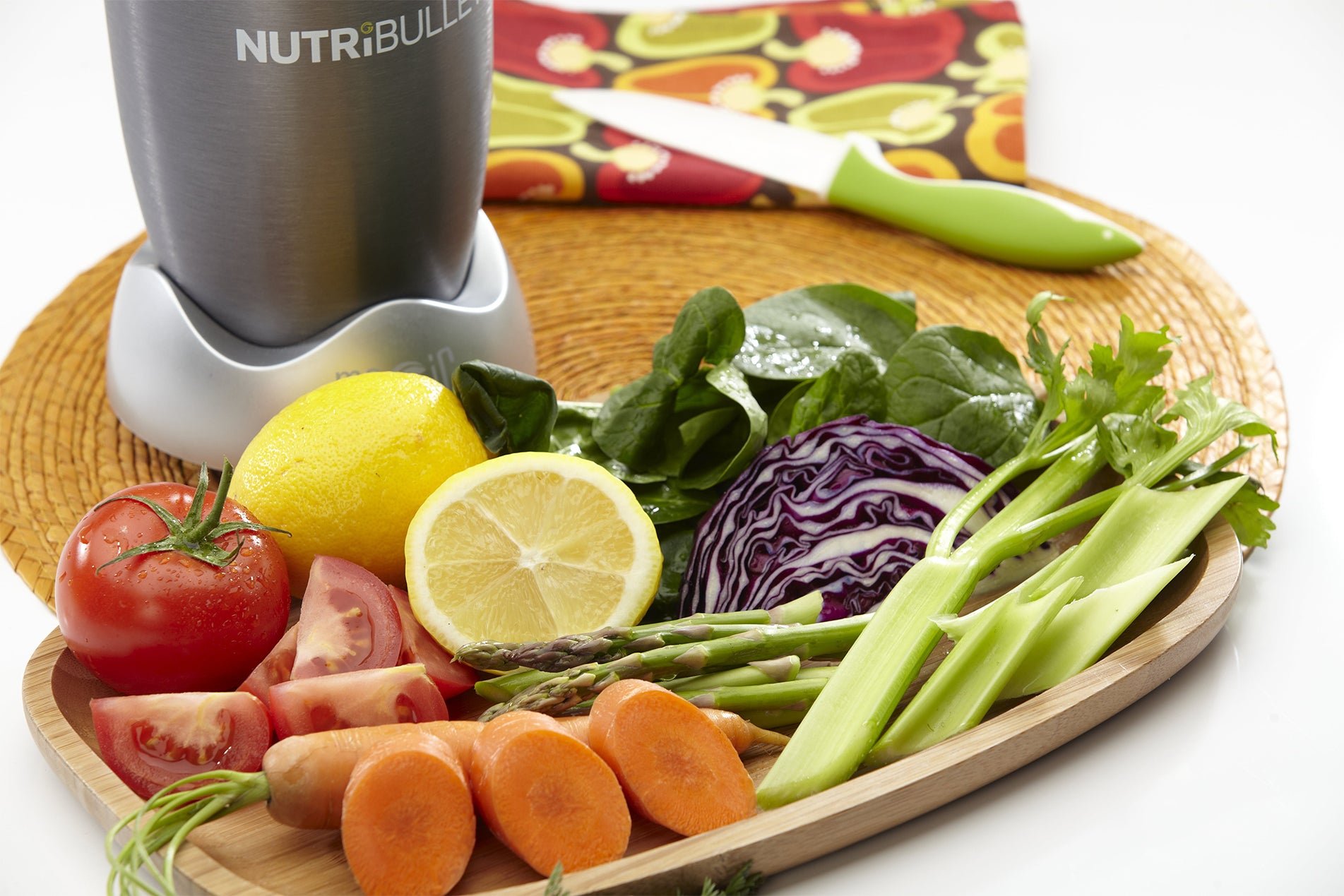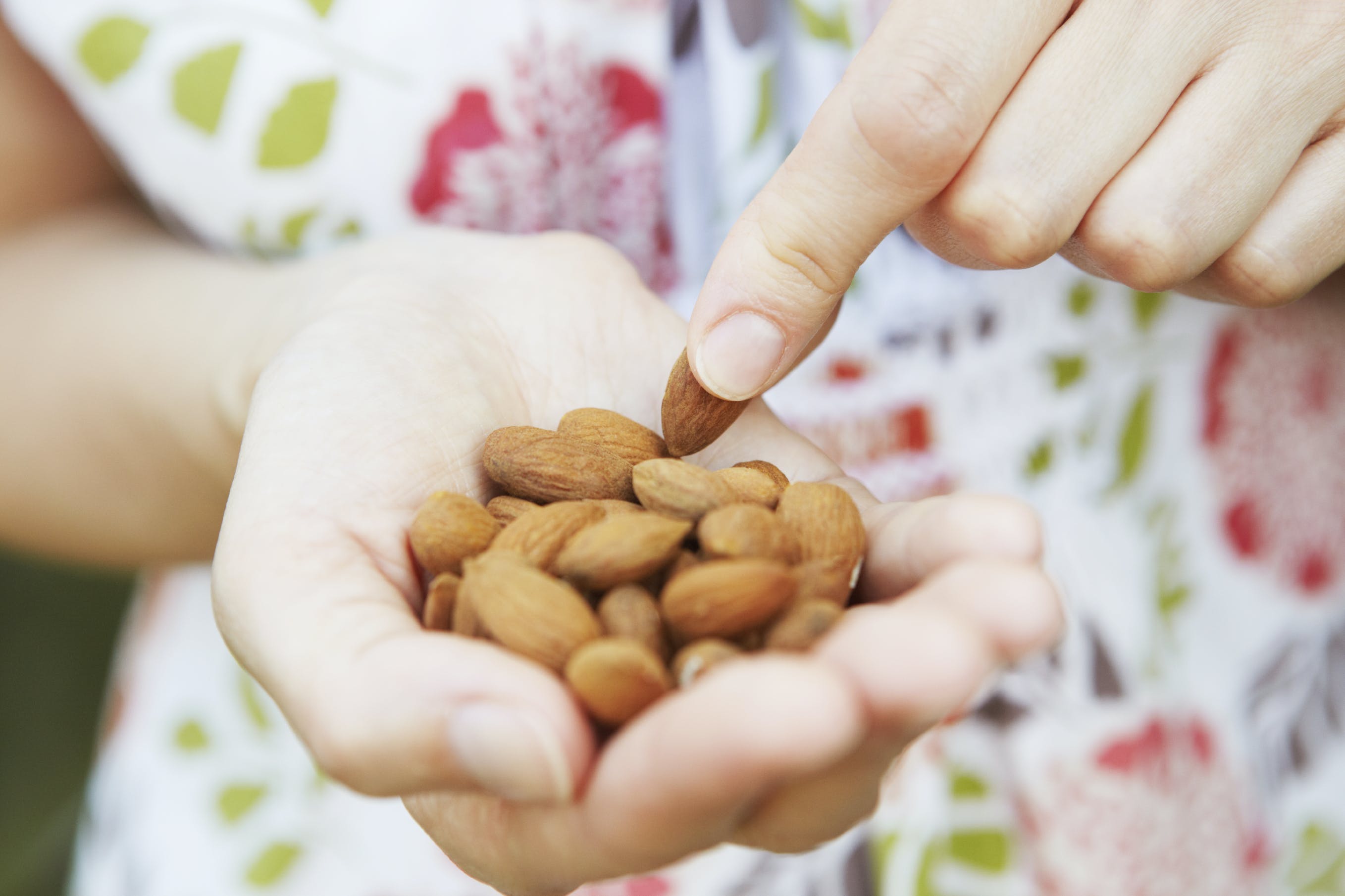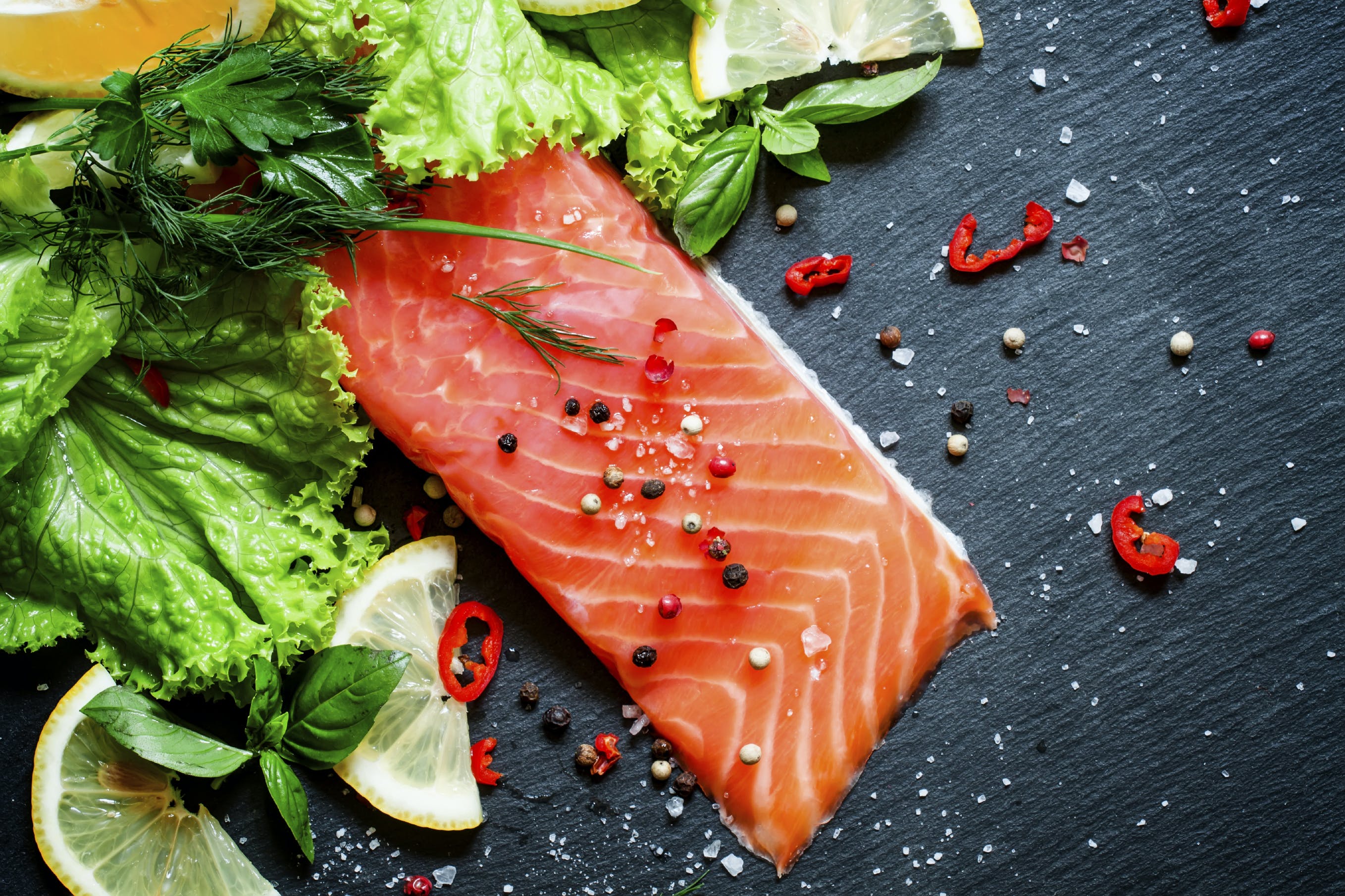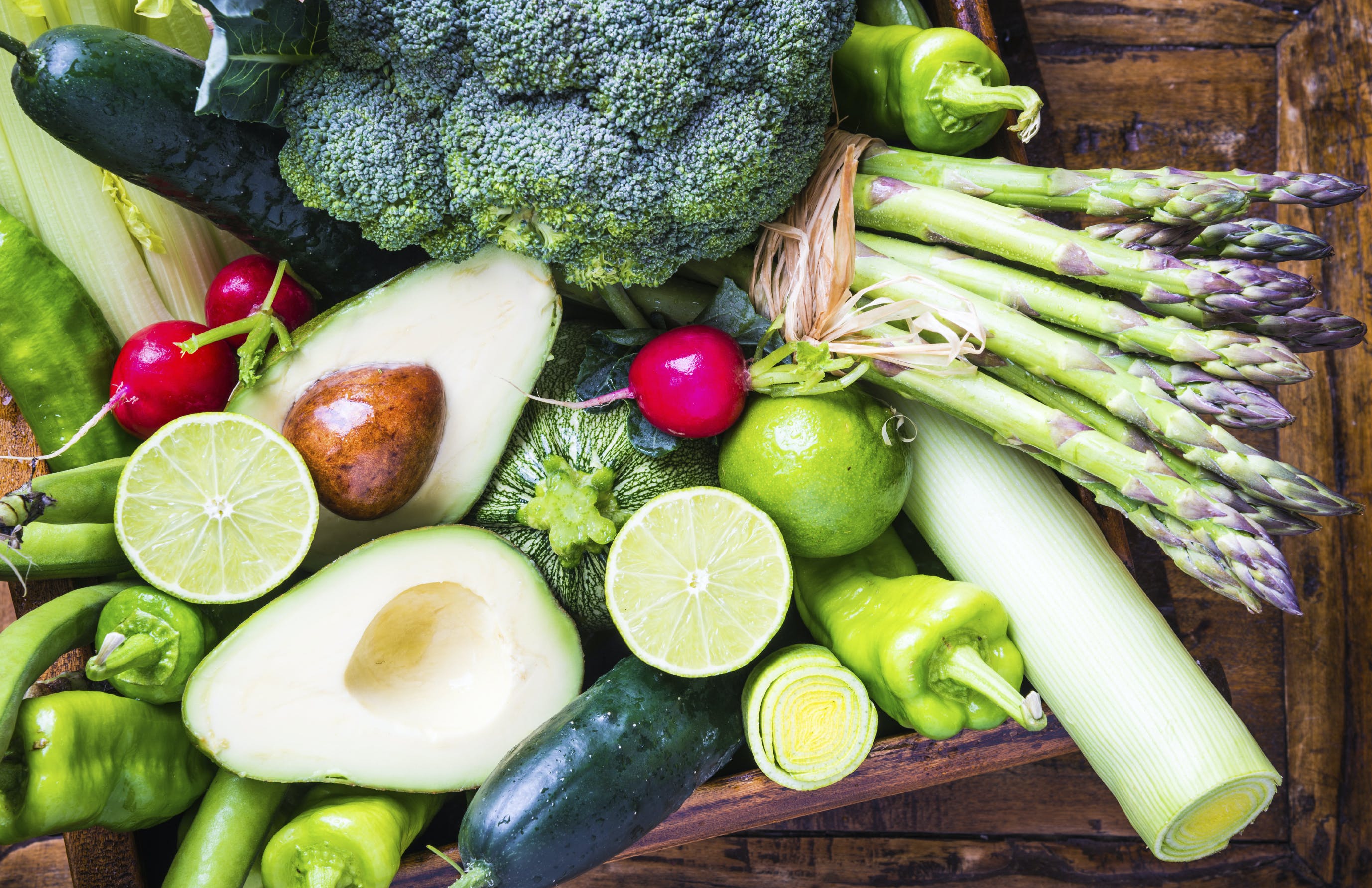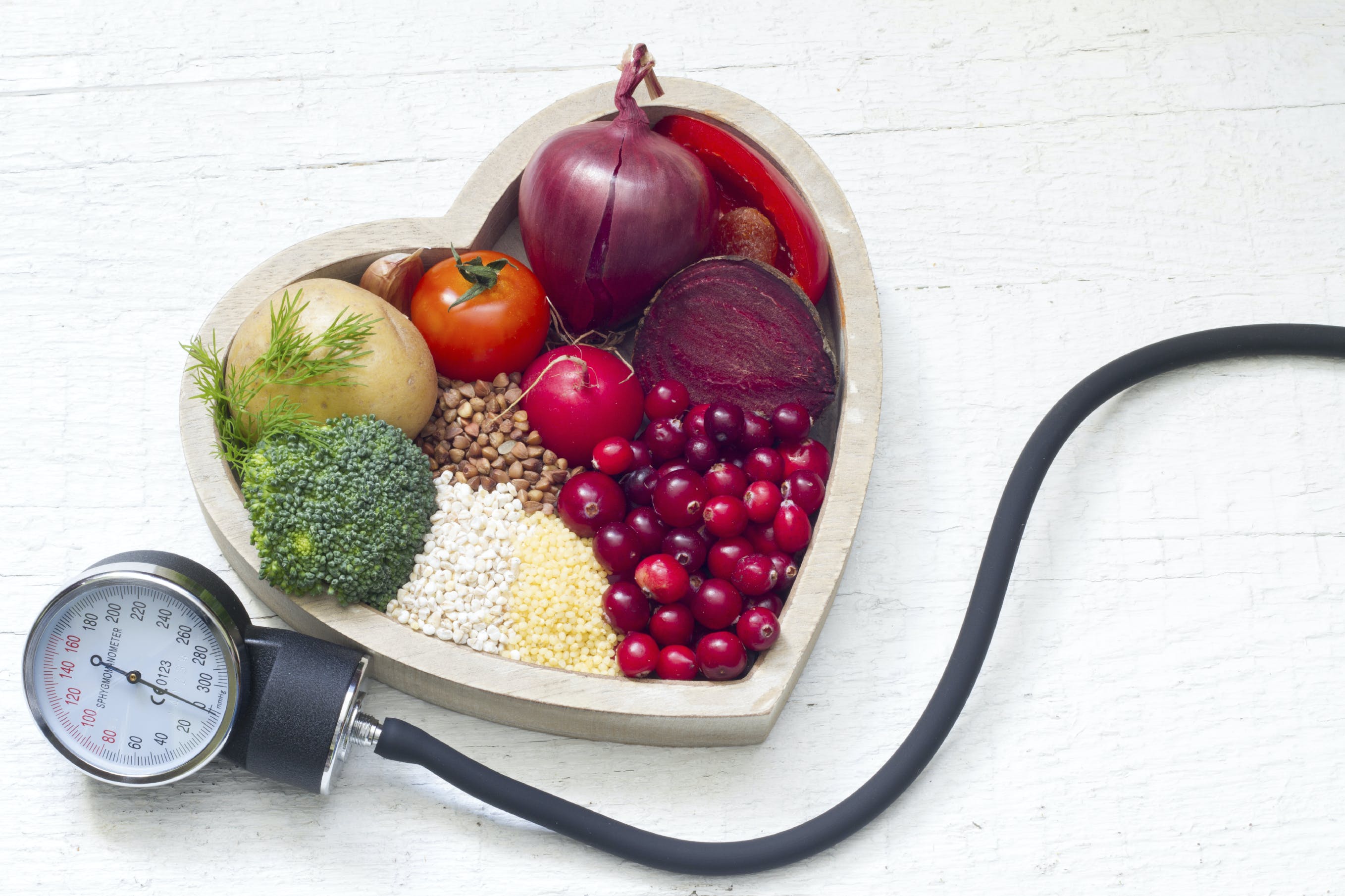Blue zones are five areas around the world with the highest concentration of centenarians living long, healthy lives. Nine evidence-based principles, which include lifestyle and food principles, were uncovered for longevity. Though these blue zones span across the globe, their diets include four food groups you should be incorporating into your diet every day.
4 Foods to Eat for Longevity
Nuts and Seeds
- Which ones? From almonds to pistachios, all nuts and seeds offer a blend of health benefits. Most notably, they offer a variety of vitamins, minerals, and healthy fats, each bringing their unique combination.
- What does the research say? According to the Cleveland Clinic, studies have found that though nuts contain primarily monounsaturated fat, “despite this high-fat content, the fat in nuts…Monounsaturated fats, when substituted for saturated fat in the diet, can help reduce total and LDL, or “bad” cholesterol levels while maintaining the “good” cholesterol, HDL.”
Try keeping a handful for snacking and sprinkling seeds on your salads, smoothies, or grain bowls. This gives food an extra crunch and an added nutritional boost. These healthy fats may help maintain good cholesterol levels when replacing saturated fat in the diet.
Get started with these delicious Trail Mix Bites for added nuts, seeds, and whole grains!
100% Whole Grains
- Which ones? There isn’t one grain that’s healthier than the others. Whole grains, from amaranth to wild rice, offer a wide range of nutrients with different benefits, flavors, and textures. Learn about each of their unique benefits from the Whole Grains Council.
- What does the research say? Based on the most documented and researched studies, the benefits of whole grains have shown reduced risk of stroke, reduced risk of type 2 diabetes, reduced risk of heart disease, better weight maintenance, less inflammation, lower risk of colorectal cancer. The greatest benefits were from eating three servings a day, with some studies showing benefits with as little as one serving a day.
Save time by batch-cooking grains to have for the week and storing them in your fridge or freezer. This will help you easily add new grains to your repertoire, perfect for a bowl of quick fried rice, hot cereal, or rice pudding.
Get started with Overnight Oats or make it your own by adding your favorite blend of spices.
Beans
- Which ones? Beans include pulses and legumes, which are incredibly versatile and used in cuisines from around the world. Over 170 countries grow and export them. They’re a low-cost plant-protein, rich in both soluble and insoluble fibers.
- What does the research say? According to research, beans can help maintain healthy body weight, reduce the risk of chronic diseases. And according to the Global Pulse Confederation, “studies have shown that people who eat diets containing pulses regularly have reduced risks of some cancers. The high levels of fiber, and low amounts of fat in pulses, and the antioxidant vitamins they contain are thought to contribute to this protective effect.”
Try keeping dry beans or canned beans in your pantry. These are pantry staples that can be added to any meal, made into a quick dip, spread, dessert, or added to your smoothie. You’ll get an extra boost of fiber and protein!
Get started with this Classic Hummus to spread on sandwiches, crackers or veggies! For a chocolatey sweet treat, try this Cacao Cashew Hummus.
Fruits and Vegetables
- Which ones? The key is to eat a variety of colors from both fruits and veggies. The colors offer a powerful mix of antioxidants and phytochemicals found only in plants. You might have heard of getting your daily serving of five-a-day, but more is better!
- What does the research say? Have ten portions! In a study led by Imperial College London, eating ten portions of fruits and vegetables a day is associated with:
- 24 percent reduced risk of heart disease
- 33 percent reduced risk of stroke
- 28 percent reduced risk of cardiovascular disease
- 13 percent reduced risk of total cancer
- 31 percent reduction in premature deaths
Though it might seem intimidating, keeping fruits and veggies around as a snack or adding them to your smoothie can help get you to 5 servings quickly! Make things convenient for you by keeping frozen fruits and veggies on hand to easily add to your meals, snacks, and smoothies.
To get you going, try these Top Ten Essential Smoothies that you can whip up in just 60 seconds!
There you have it: four easy tips to get you started on living a healthier, longer life. Try adding these delicious foods to your next meal! Whether it’s grains, beans, nuts, fruits, and veggies, you can’t go wrong!
Note: We are not affiliated with the blue zones project. This information is for educational purposes only.
Nutritional information
Recipe: Creamy Green Strawberry Dream Serving in this recipe:1
- Calories: 236.6
- Total Fat: 3.6 g 5.5%
- Saturated Fat: 0.4 g 1.9%
- Cholesterol: 0 mg 0%
- Sodium: 358.7 mg 14.9%
- Total Carbs: 45.7 g 15.2%
- Dietary Fiber: 9.9 g 39.4%
- Sugar: 22.1 g
- Protein: 8.1 g 16.2%
- Vitamin A: 481.9% Vitamin C: 244.1%
- Calcium: 68.5% Iron: 26.1%
* Percent Daily Values are based on a 2,000 calorie diet. Your daily values may be higher or lower depending on your calorie needs.

